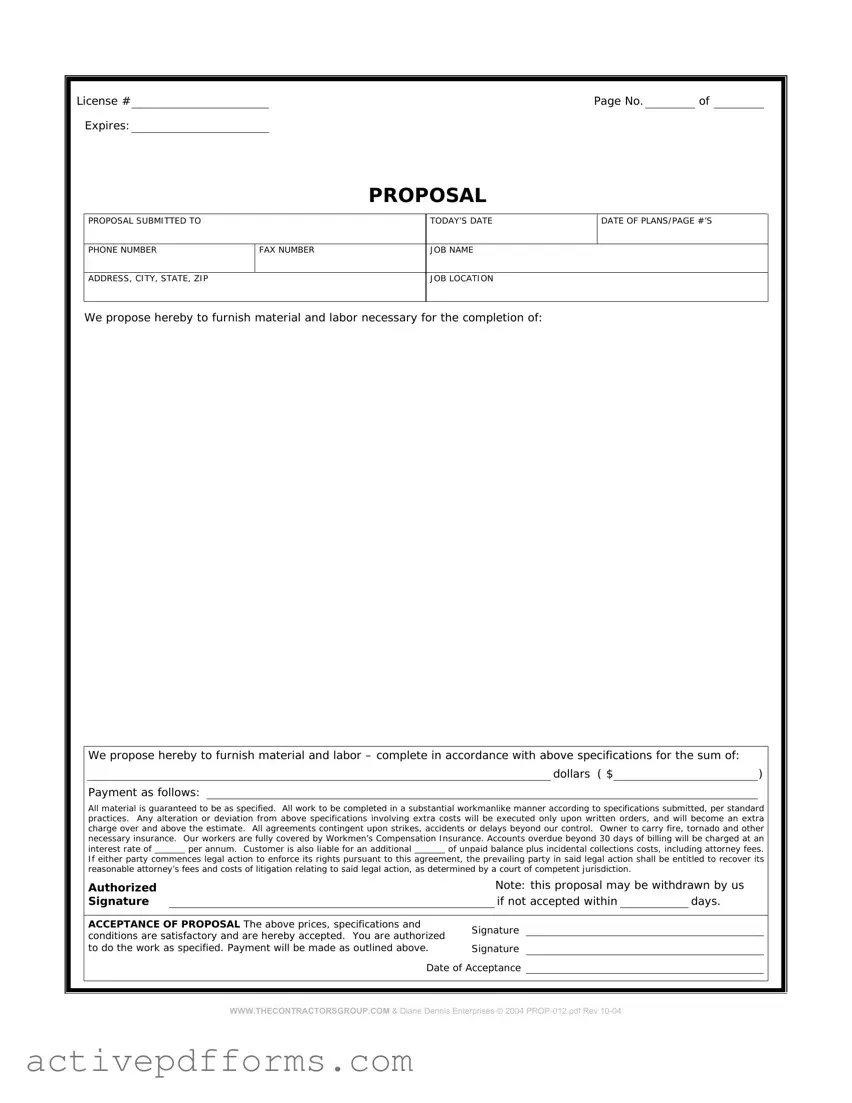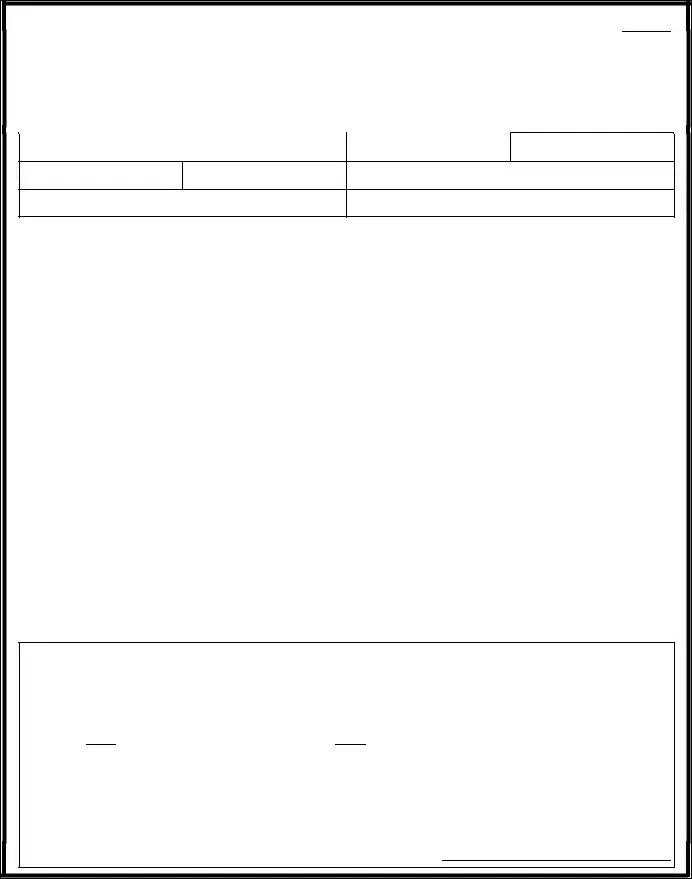Free Construction proposal form PDF Template
A Construction Proposal Form serves as a comprehensive blueprint for any construction project, laying out the scope, terms, and costs involved. It is a critical document that ensures all parties have a clear understanding of the project's objectives, timelines, and financial commitments before any work begins. This form is instrumental in establishing a legally binding agreement between the contractor and the client, safeguarding the interests of both.
Edit Construction proposal form Now

